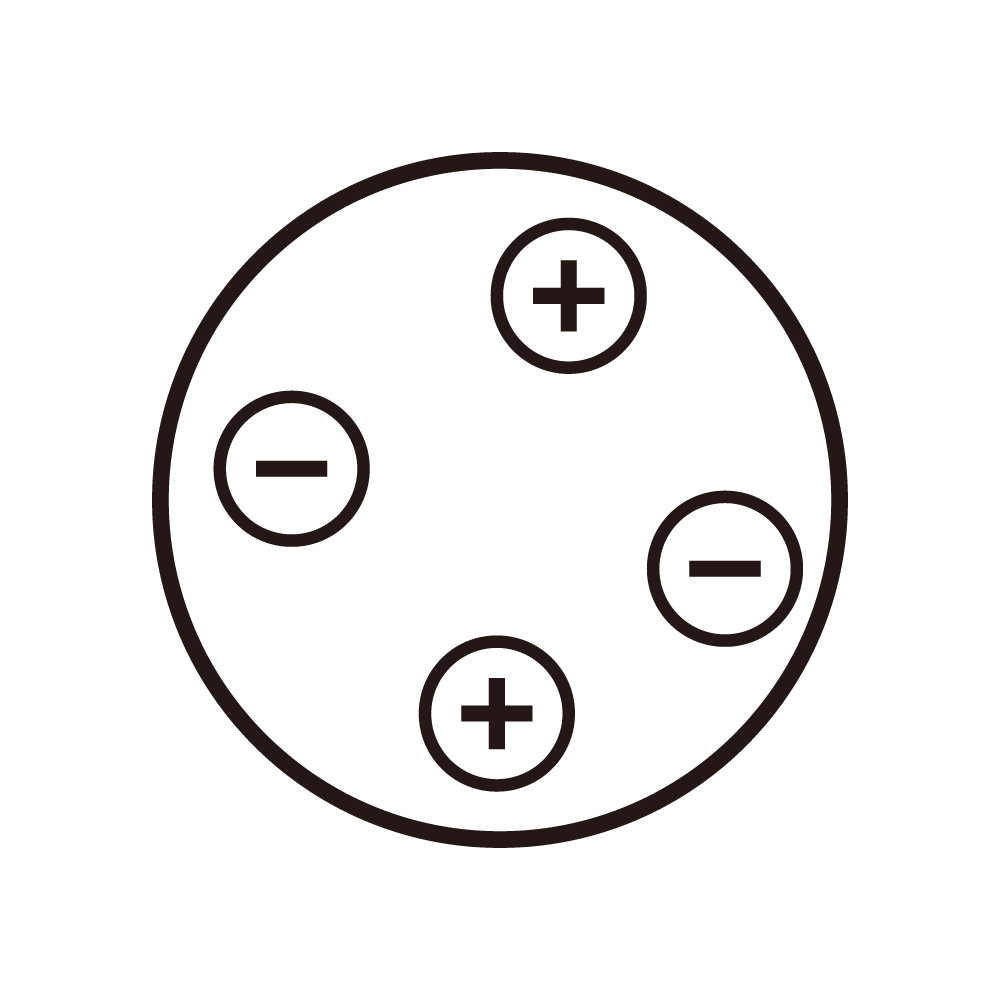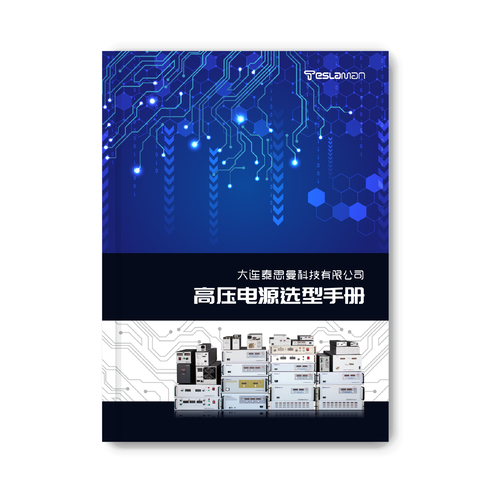Intelligent Control Technologies for X-ray High-Voltage Power Supplies
Abstract: This paper mainly explores the intelligent control technologies for X-ray high-voltage power supplies. It elaborates on the important applications of X-ray high-voltage power supplies in various fields, analyzes their working principles and the limitations of traditional control methods, and details various types of intelligent control technologies and their advantages, including precise control, improved stability and reliability, and the realization of remote monitoring and diagnosis. Finally, it looks forward to the future development trends of the intelligent control technologies for X-ray high-voltage power supplies, demonstrating the crucial role of intelligent control technologies in enhancing the performance of X-ray high-voltage power supplies and expanding their application range.
I. Introduction
X-ray high-voltage power supplies are widely and crucially applied in many fields such as medical imaging, industrial non-destructive testing, security inspection, and material analysis. For example, in the medical field, medical X-ray equipment relies on high-voltage power supplies to generate X-rays, providing clear image references for disease diagnosis. In industrial non-destructive testing, they can be used to detect internal defects of metal components, ensuring product quality and safety. With the continuous progress of science and technology, the performance requirements for X-ray high-voltage power supplies are increasing day by day, and intelligent control technologies have emerged and become the core driving force for enhancing their performance.
II. Working Principles of X-ray High-Voltage Power Supplies and Limitations of Traditional Control Methods
X-ray high-voltage power supplies usually rectify and filter the input mains electricity. Then, through an inverter circuit, the direct current is converted into high-frequency alternating current. After that, it is boosted by a high-voltage transformer and rectified and filtered again to obtain the required high-voltage direct current output. Traditional control methods often adopt relatively simple open-loop or basic closed-loop control strategies. Open-loop control is difficult to adapt to changes in loads and input voltages, resulting in unstable output voltages. Although basic closed-loop control can improve stability to a certain extent, its adaptability to complex working conditions is still poor. For example, in cases of rapid load changes or temperature drifts during the long-term operation of the power supply, it is difficult to accurately maintain the constancy of the output high voltage. Moreover, there are obvious deficiencies in control precision, response speed, and intelligence level.
III. Types and Advantages of Intelligent Control Technologies
(A) Digital Signal Processor (DSP) Control Technology
DSP has powerful digital signal processing capabilities. In the control of X-ray high-voltage power supplies, it can quickly collect signals such as voltage and current at the high-voltage output end and perform precise calculations according to preset control algorithms. By dynamically adjusting parameters such as the switching frequency and duty cycle of the inverter circuit, precise control of the high-voltage output can be achieved. For example, during the X-ray imaging process, when different intensities of X-rays are required, DSP can respond quickly and adjust the output of the high-voltage power supply, optimizing the imaging quality. Meanwhile, DSP can conveniently implement complex control logics, such as soft start, overvoltage and overcurrent protection functions, improving the reliability and stability of the power supply.
(B) Fuzzy Control Technology
Fuzzy control is based on fuzzy logic and does not require an exact mathematical model. It transforms the experience of operators and expert knowledge into fuzzy rules. For X-ray high-voltage power supplies, the fuzzy controller can make inferences and decisions based on input information such as voltage deviations and current deviations according to the fuzzy rules and output corresponding control signals to adjust the working state of the power supply. In the face of changes in internal parameters of the power supply and external interference, fuzzy control can quickly adapt and make reasonable control actions, effectively reducing the fluctuation of the output voltage and improving the robustness of the X-ray high-voltage power supply.
(C) Neural Network Control Technology
Neural networks have self-learning and self-adaptive capabilities. In the control of X-ray high-voltage power supplies, by training on a large amount of operating data, the neural network can learn the complex mapping relationship between the input and output of the power supply. When the operating conditions of the power supply change, the neural network can automatically adjust the control strategy according to the learned knowledge to achieve intelligent adjustment of the high-voltage output. For example, under different load characteristics and ambient temperatures, the neural network can automatically optimize control parameters to maintain a stable X-ray output, and its control performance can continue to be optimized with the increase of operating time.
The application of intelligent control technologies in X-ray high-voltage power supplies brings many advantages. Firstly, it enables precise control, being able to keep the error of the high-voltage output within a very small range, meeting the needs of high-precision X-ray applications. Secondly, it significantly improves the stability and reliability of the power supply, reducing equipment failures and downtime caused by voltage fluctuations, overvoltage, and overcurrent issues. Thirdly, it realizes the functions of remote monitoring and diagnosis. Operators can remotely monitor the running status of the power supply through the network, discover potential problems in time, and conduct remote fault diagnosis and repair, improving the maintenance efficiency and the convenience of operation.
IV. Development Trends of Intelligent Control Technologies for X-ray High-Voltage Power Supplies
With the continuous development of artificial intelligence, big data, and other technologies, the intelligent control technologies for X-ray high-voltage power supplies will develop in the directions of being more intelligent, integrated, and networked. In terms of intelligence, the control algorithms will be continuously optimized, possessing stronger self-adaptive and self-optimizing capabilities, enabling excellent control performance under complex and changeable working conditions. The trend of integration will prompt the further fusion of intelligent control modules with other components of the high-voltage power supply, reducing the volume of the equipment and improving the overall performance and reliability. Networking will enable X-ray high-voltage power supplies to better integrate into the Internet of Things system, realizing the collaborative work and data sharing among multiple devices, laying a solid foundation for constructing intelligent detection and diagnosis systems.
In conclusion, the intelligent control technologies for X-ray high-voltage power supplies are of great significance for enhancing the performance of power supplies, expanding their application range, and promoting the development of related industries. Their future development prospects are broad and worthy of in-depth research and exploration.




















